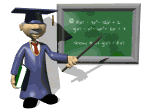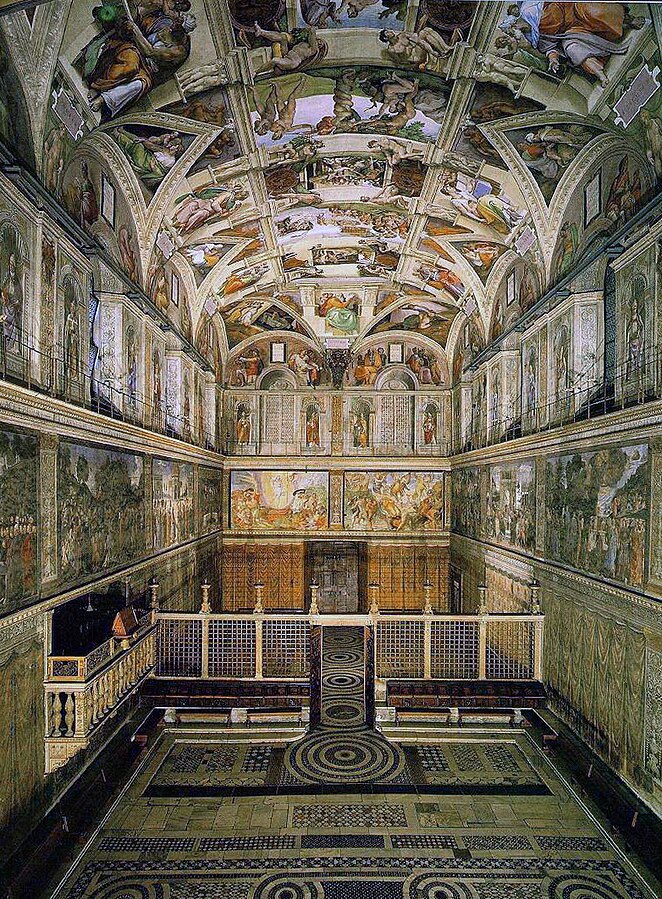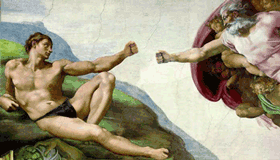Renaissance people
good to know as evidence for the exam; you should just remember ~2 or 3 of these guys.

good to know as evidence for the exam; you should just remember ~2 or 3 of these guys.

Gutenberg, 1393 German: Creator of the printing press(1440)!
Looking for mass production of Bible; mass communication, BOOKS! Literacy rates skyrocket!(< -good to remember); Before Gutenberg, people had to hand write entire books with ink pens.
Petrarch 1304 Italian: Began humanism
Writer, poet, encouraged study of pagan civilizations, knew renaissance important after Black Death, wrote beautiful sonnets to his (possibly nonexistant) girlfriend called Canzoniere

Boccaccio: Decameron(book), some nobels flee to the mountains from plague; get bored and tell short stories; think Homer's Odyssey, Odysseus telling tales of his adventures.
Castiglione 1478 Italian: Book of Courtier
Humanist;book: "what makes an ideal courtier?"; hugely popular, becomes book of manners, etiquette, self-presentation, and morals for nobles; philosophy.
Machiavelli 1469 Italian: The Prince(Book)
Book about how to get power through manipulation, "ends justify the means", use fear but don't let everyone hate you, "better to be feared than loved", humanist, rejection of religion; Before Machiavelli, there is an expectation that Monarchs must try being moral and should be loved by their subjects.
Lorenzo Valla 1407 Italian: Disproved donation of Constantine
Donation of Constantine: document saying Pope controls all of Europe; Expert in latin, translated latin to vernacular regularly; realized the language in the document was so wrong--didn't fit the time period; he was a Catholic priest, but as a scholar had to search for and share the truth and facts.
Alberti 1404 Italian: wrote about the lives of artists
Humanist, wrote treatise on architecture, art, artists; made several artists famous
Donatello 1386 Italian: Created a David sculpture
Godly artist, makes gothic art; brought back nude statues, naturalistic(meaning the anatomy is great), brought back Bronze statues with David; "sassy David"
Michealangelo 1475 Italian: Painted the Last Judgement
Godly artist; the Sistine Chapel is a part of the Pope's museum--has tons of religious art from many artists: Michealangelo paints the ceiling, depicts the Last Judgement; Christian art, shows several art fundamentals and European art adavancement; located in Pope's museum.

Da Vinci 1452 Italian: Drew the Vitruvian Man
He's a renaissance man, can do anything; Vitruvian Man shows humanism; the drawing is a study of human proportions;'the height of a person is ~proportional to the length if they stretched out their arms'





Galileo 1564 Italian: improved Heliocentric theory
People care about science now?; Updated and proved Capernicus' heliocentric theory with facts; Guess what? The Earth is not the center of the universe! (Catholic church didn't like that...); He improved the telescope too; studied planets; nerd
Bacon, Fancis 1561 British: Created the Scientific method
Baconian method...